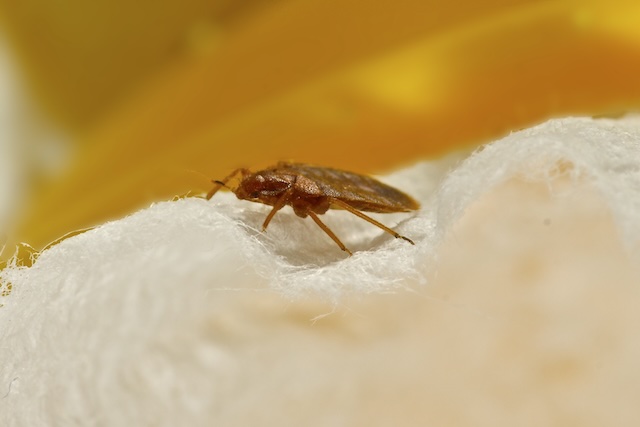Dealing with a bed bug outbreak means knowing a lot about how to treat them effectively. The science behind getting rid of these annoying guests, from heat treatments to chemical solutions, is both interesting and important for people who want to live in a place without bed bugs.
1. The Benefits of Heat Treatment:
Heat treatments have become popular as an effective way to get rid of bed bugs that doesn’t hurt the environment. This method is based on the fact that bed bugs are very sensitive to temperature. High heat, usually between 120 and 135 degrees Fahrenheit, is enough to kill these pests. Heat can get through walls, furniture, and other hiding places, so the process is complete.
2. The Way Heat Works:
Bed bugs die when they are exposed to high temperatures because they damage their cells and proteins. This method works especially well because it kills bed bugs at all stages of their lives, from eggs to adults. Because the heat is spread out evenly, no area or crevice stays cool.
3. The Chemical Method:
Chemical treatments are still one of the most important ways to get rid of bed bugs. Insecticides that target bed bugs’ nerve systems stop them from feeding and surviving, which is what the science is all about. To get the best results, professional pest control services often use both residual and contact poisons.
4. Insecticides that left behind:
Bed bugs that come into touch with treated surfaces for a long time are killed by residual insecticides, which form a barrier around them. This method protects against infestations for a long time and is especially good at stopping them from coming back.
5. Insecticides that you touch:
Contact insecticides are made to kill bed bugs when they come into close contact with them. These are often put on places that are already infested or used as part of a larger plan to treat the problem. Insecticides that you touch work quickly and get rid of bed bugs right away.
6. IPM, or Integrated Pest Management,
An Integrated Pest Management (IPM) method is often the best way to get rid of bed bugs. This approach is based on science and uses a number of different methods, such as heat and chemical treatments, along with preventative measures and ongoing monitoring. IPM tries to get rid of current pests and make the environment less appealing to them so they don’t come back.
7. Knowledge in the field:
Knowing the science behind how to get rid of bed bugs is important, but so is having professional help. Professionals in pest control know how to figure out how bad an infestation is, pick the best ways to treat it, and make sure that pets and people living in the home are safe.
8. Customized Plans:
It’s not possible to treat bed bugs in the same way for everyone. The science behind getting rid of bed bugs effectively includes making solutions that work for each infestation. Professional pest control services do thorough checks to figure out what the best solution is.
A Scientific Approach to Getting Rid of Bed Bugs
Looking into the science behind the best bed bug treatments shows that they use a multifaceted and well-thought-out method. Understanding how bed bugs live and behave is important whether you choose heat treatments, chemical options, or a combination of the two. By combining scientific knowledge with professional know-how, people can take back control of their living places and enjoy a home free of bed bugs.
